Visual discrimination Normal Worksheets for Ages 3-4
12 filtered results
-
From - To
Enhance your child’s visual discrimination skills with our engaging worksheets designed for ages 3-4! These fun, interactive activities help young learners identify differences, match images, and recognize shapes. Each worksheet promotes vital cognitive development, encouraging observation and attention to detail through playful designs. Perfect for use at home or in the classroom, these age-appropriate resources foster a love for learning while building foundational skills. Easily printable and ideal for flexible learning environments, our visual discrimination worksheets offer a joyful way to sharpen critical thinking and prepare your child for future academic success. Start their learning journey today!
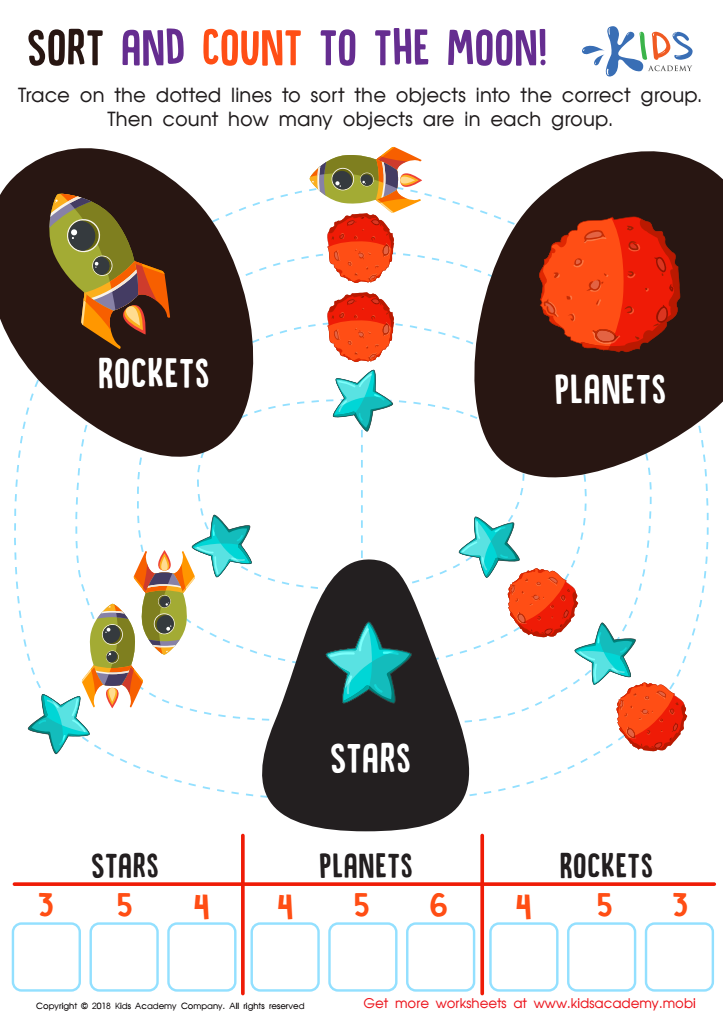

Sort and Count to the Moon Worksheet
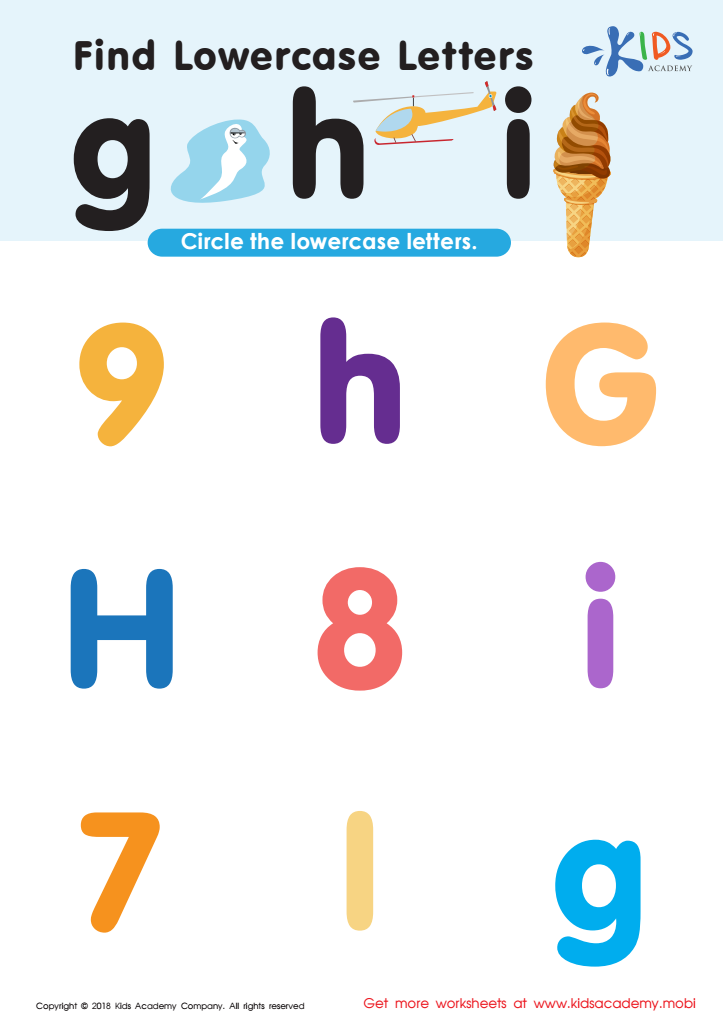

Find Lowercase Letters g h i Worksheet
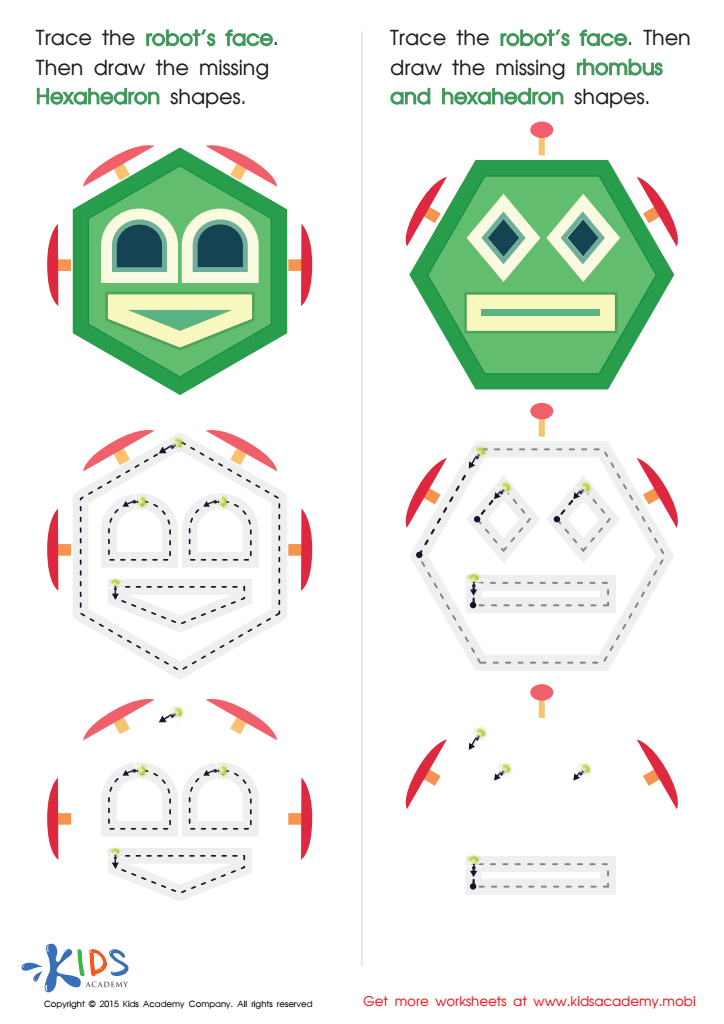

Practice Drawing Hexahedrons And a Rhombus Worksheet
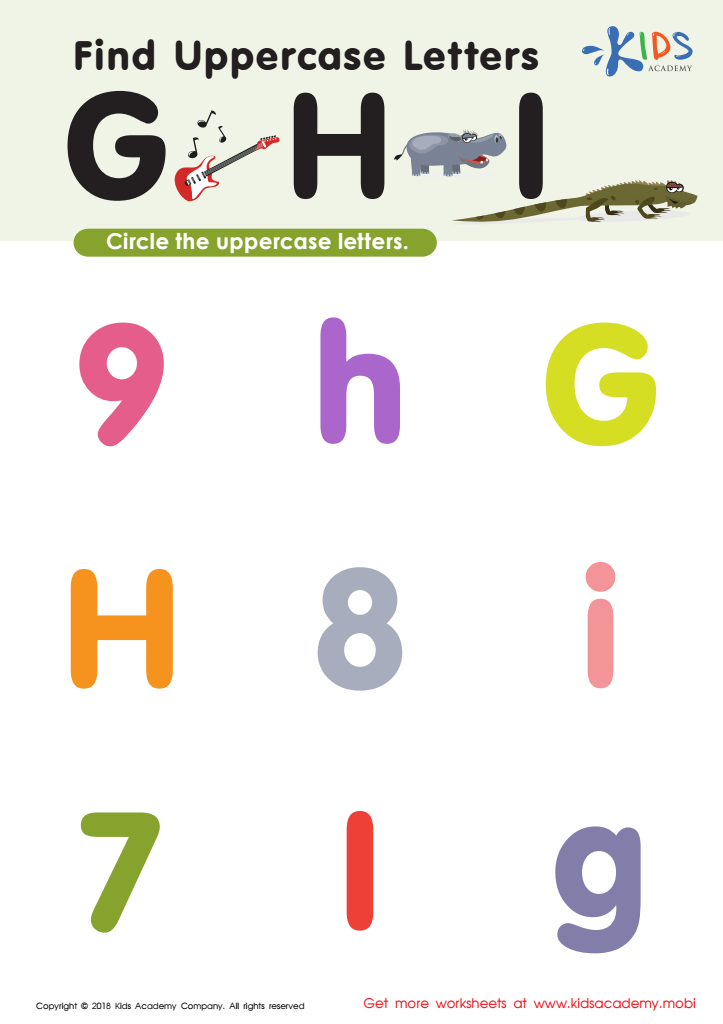

Find Uppercase Letters G, H, and I Worksheet
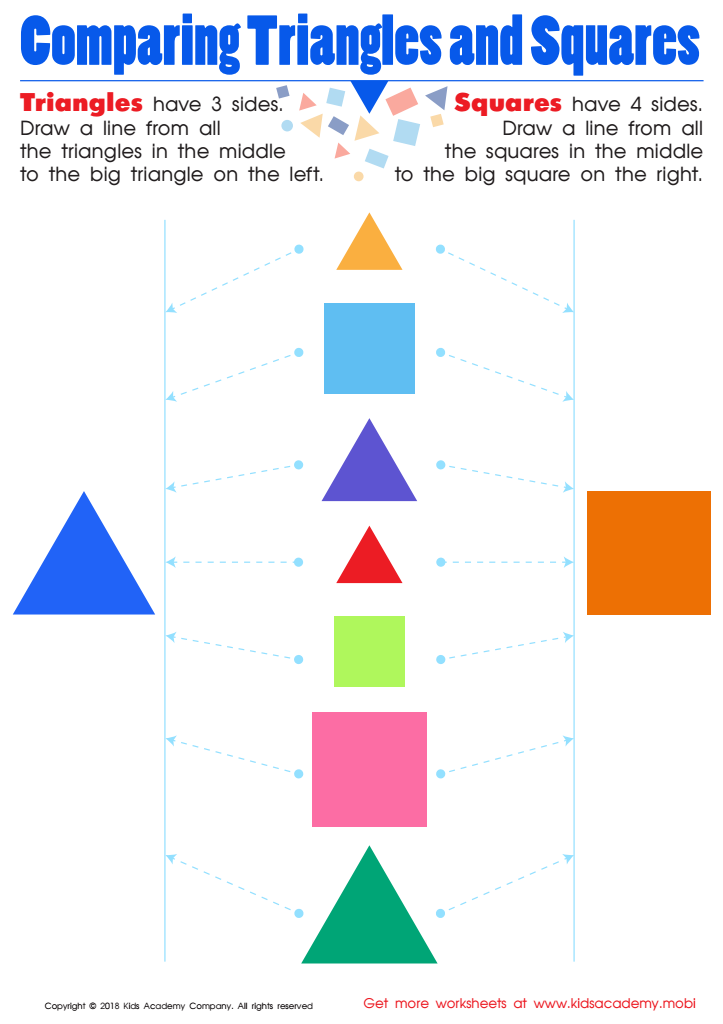

Comparing Triangles Squares Worksheet
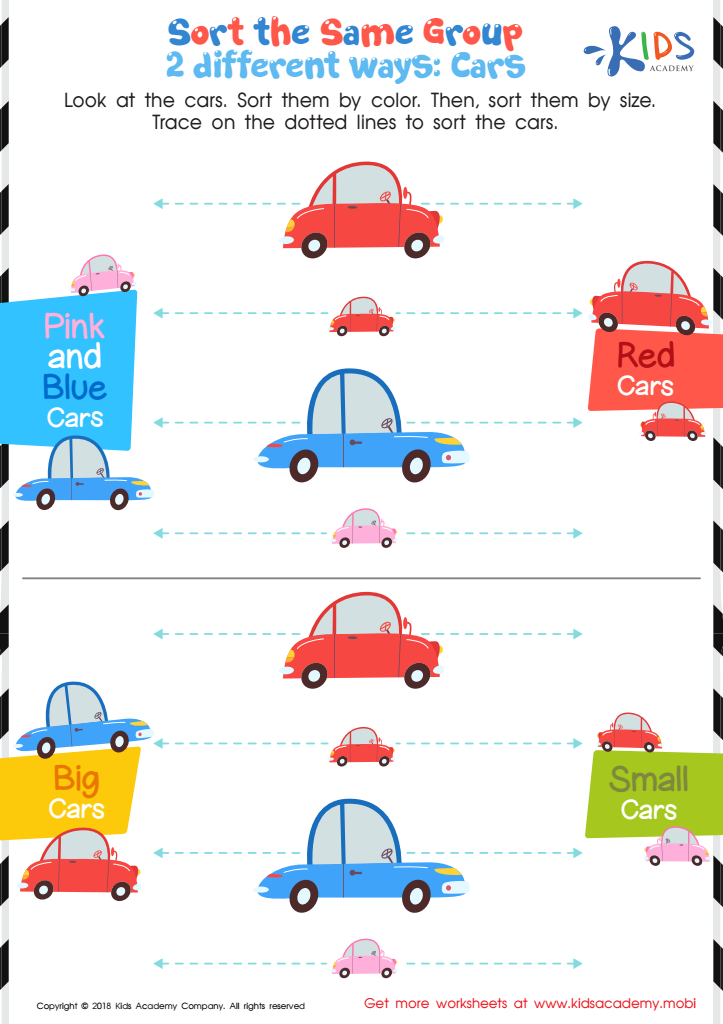

Sort the Same Group 2 Different Ways: Cars Worksheet
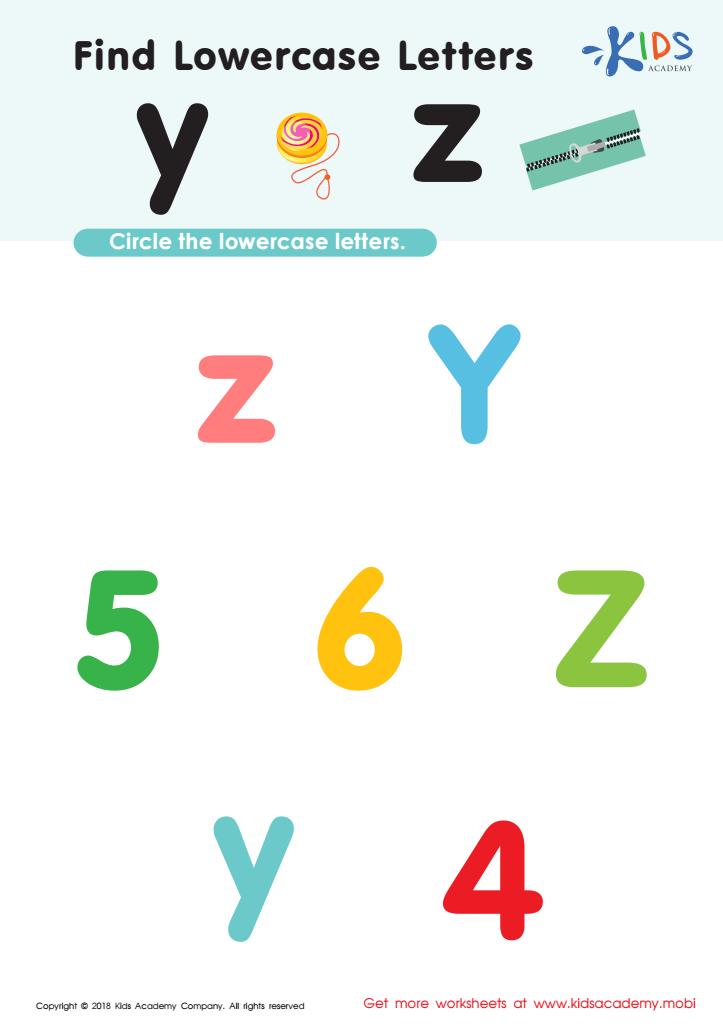

Find Lowercase Letters y z Worksheet


Find Uppercase Letters V, W, X Worksheet
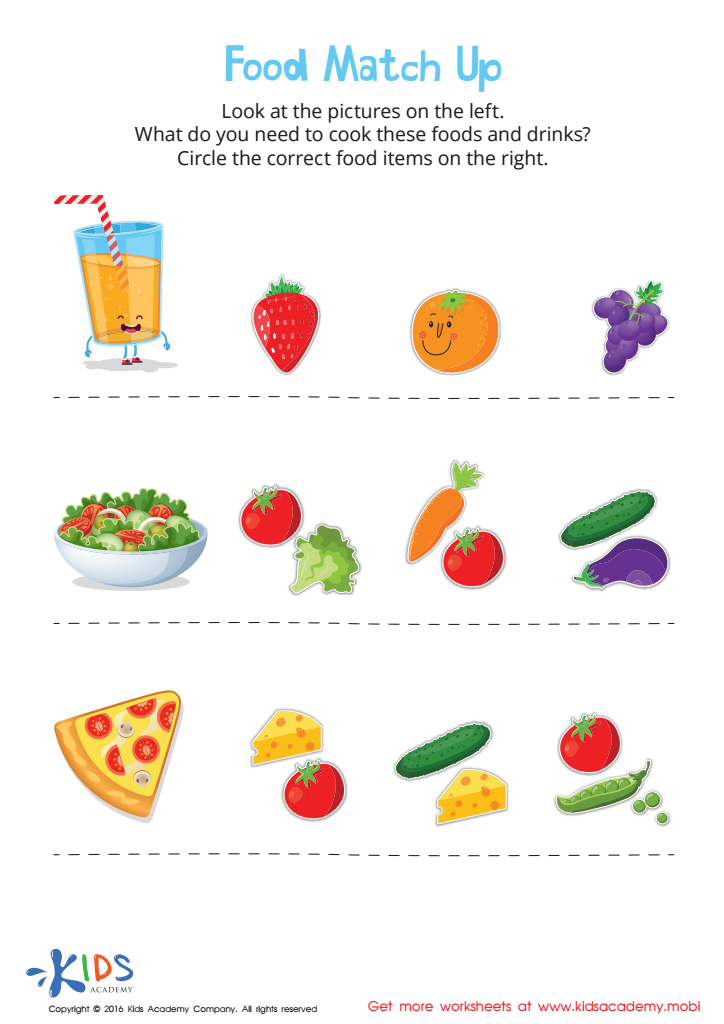

Food Match Up Worksheet


Find 0 Worksheet


Silhouettes – Shapes Worksheet
Visual discrimination is a crucial developmental skill for children aged 3-4, directly influencing their learning and everyday experiences. Parents and teachers should care about this aspect for several reasons. Firstly, visual discrimination enables children to distinguish between different shapes, colors, and sizes, which are foundational skills for future learning in math and reading. Mastering these skills at a young age helps children recognize letters, numbers, and words, fostering early literacy and numeracy skills.
Moreover, visual discrimination aids in cognitive development. This skill assists children in sorting, categorizing, and understanding their environment, which is vital for problem-solving and logical thinking. Activities that enhance visual discrimination, such as puzzles or matching games, not only stimulate brain development but also promote fine motor skills and hand-eye coordination.
Furthermore, children with strong visual discrimination skills are better equipped to navigate daily life tasks, from playing games to following instructions in school. They can interpret visual cues effectively, promoting independence and confidence. Parents and teachers who focus on developing this skill can set the stage for a child's academic success and lifelong learning. Ultimately, fostering visual discrimination in early childhood leads to a more enriching, self-assured, and capable learner.
 Assign to My Students
Assign to My Students
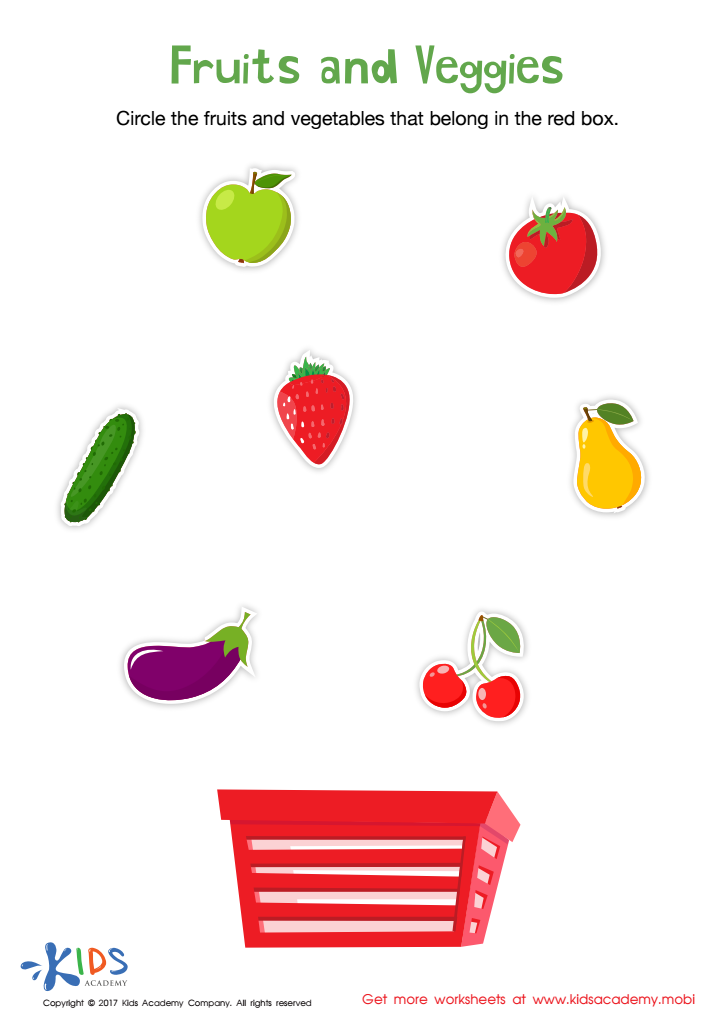


.jpg)












